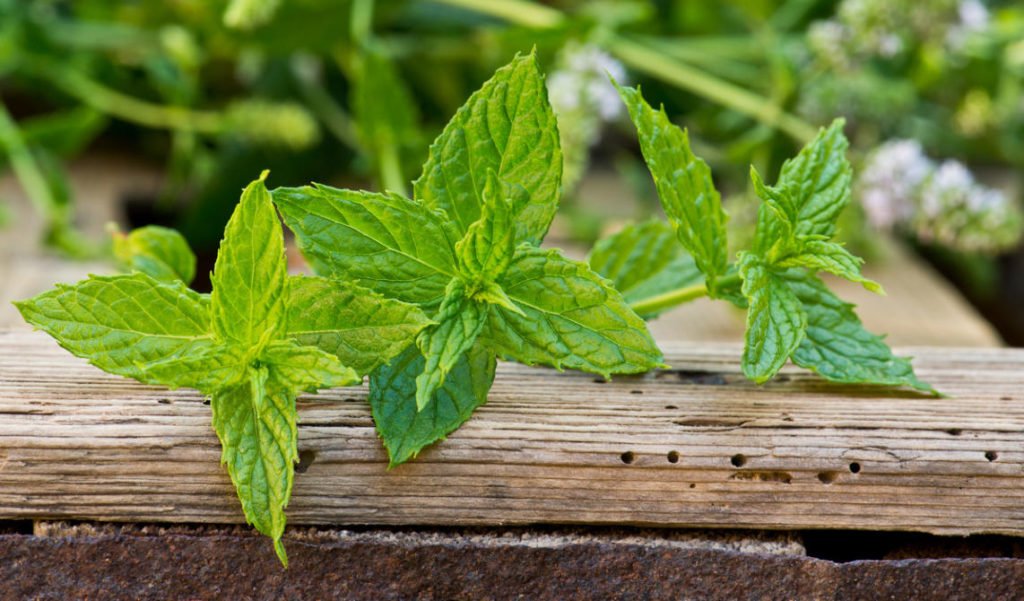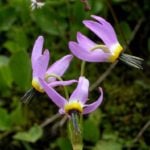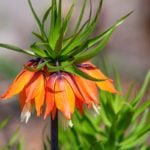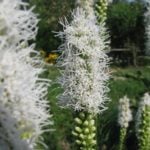Already about 2 weeks I have blooms peppermint. This plant is one of my favorites.
Peppermint essential oil inspires and renews. Mint is so versatile that it can be used in medicine, perfumes, cooking.

Not only is mint tea can lift your mood, and even meat with mint quite differently perceived. A couple of years ago my husband’s mother cooked stuffed cabbage rolls with mint, since then I am convinced that the meat of mint will not spoil.
Mint is a perennial herbaceous plant belonging to the family Lamiaceae. It is distinguished from other plants by a unique refreshing, as if cool aroma, and all because mint leaves contain special essential oils.
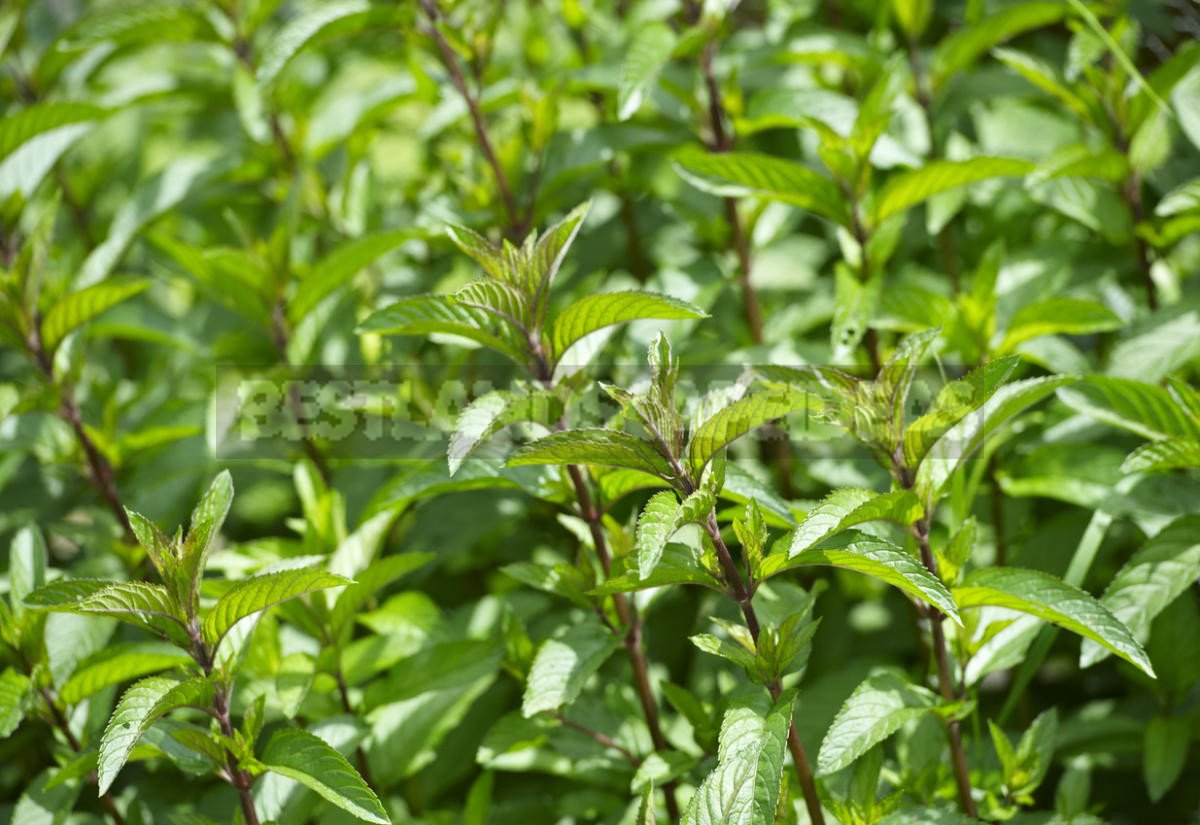
Mint was known to people in ancient Greece, the Egyptians put it in the tombs of the pharaohs, and the name she was given in honor of nymph mentha, turned into a plant with a cold, but really great gentle, refreshing smell.
Planting mint
Plant mint need spring in April or summer, in early August. Keep in mind that it grows very quickly and can survive other plants.
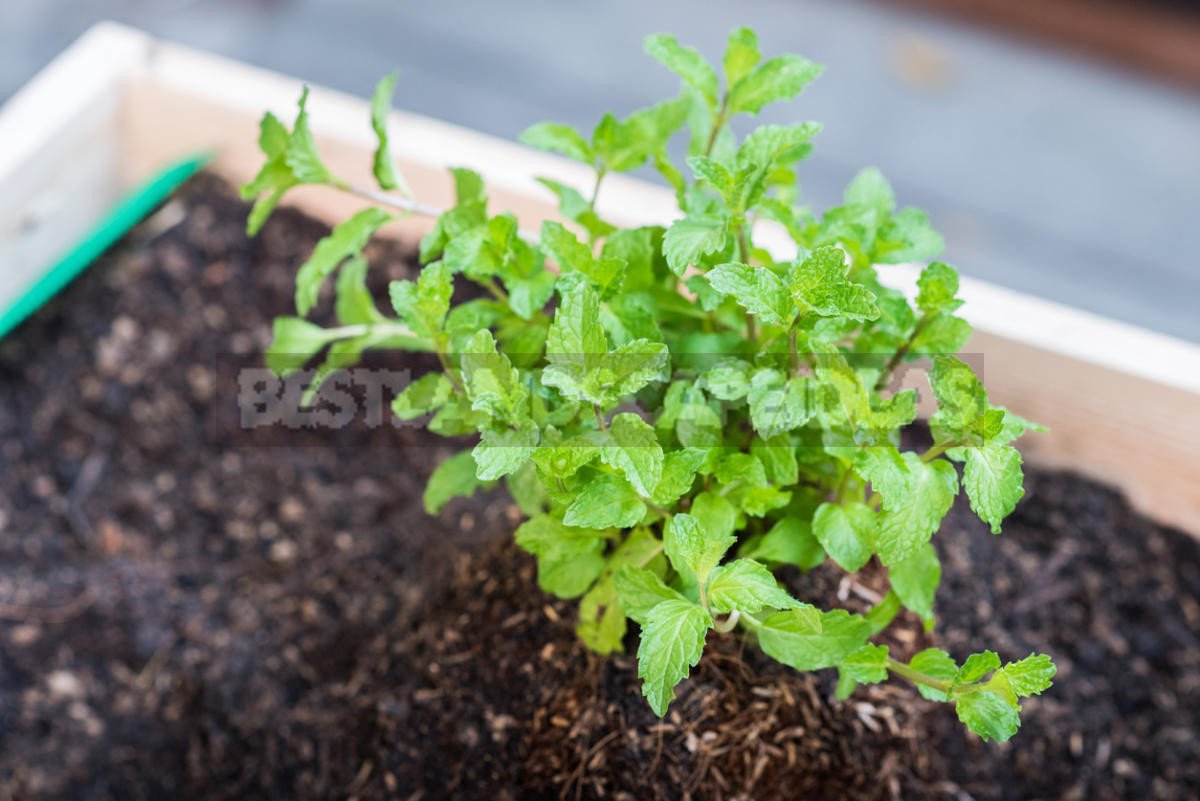
Mint prefers loose fertile soil with enough light. Can grow on calcareous soils, but the flavor is not too strong. I have mint growing entirely in the shade, between the birches, thuja, gazebo and pond. Fertilized the soil there for a long time ago, but the mint is not influenced. Well-behaved she felt, and between the trees Hippophae. Mint will not withstand heavy clay soil with stagnant water.
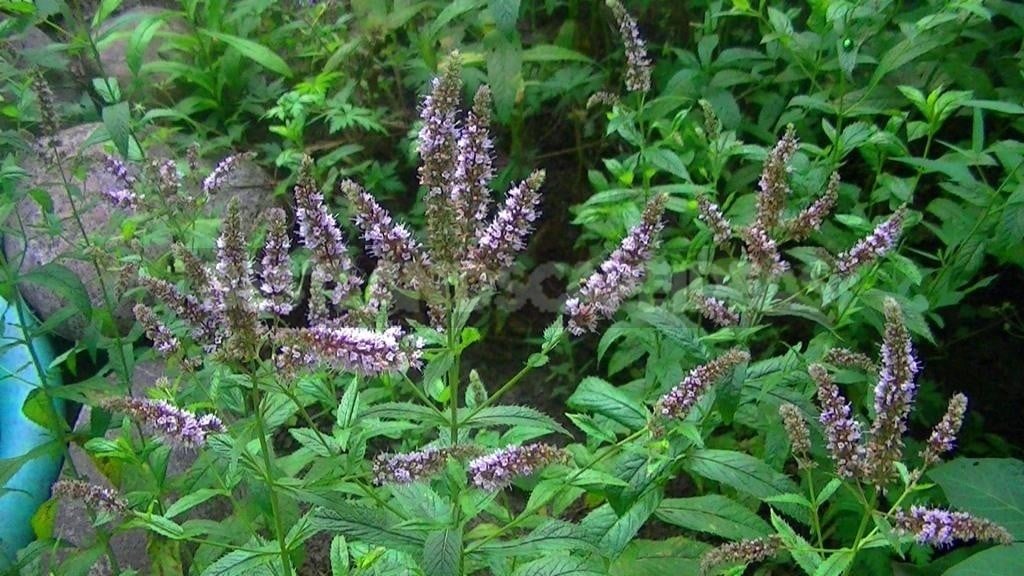
The plot for planting should be cleaned of weed grass and make organic and mineral fertilizers (usually I bring according to the scheme on the package). If the ground is damp, you need to make the ridge higher, so that moisture can better evaporate. If the land, on the contrary, fast-drying, use low ridge, so that water stayed longer in them.
After planting the mint should be watered. When I sowed it with seeds, I spilled a flute in the garden, sowed the seeds and sprinkled the earth with a little mulching.
Reproduction of mint
The most popular method among Amateur gardeners, of course, seed. Sow mint can be immediately in the ground, and can be planted at home in pots and then planted in the garden or left in pots.
Mint also reproduces well root cuttings with kidney renewal, when they have about 5 leaves. Cut off cuttings are placed in the ridges and sprinkled with earth, watered, after a short period of time they take root. This method is good for transferring the properties of the species and variety.
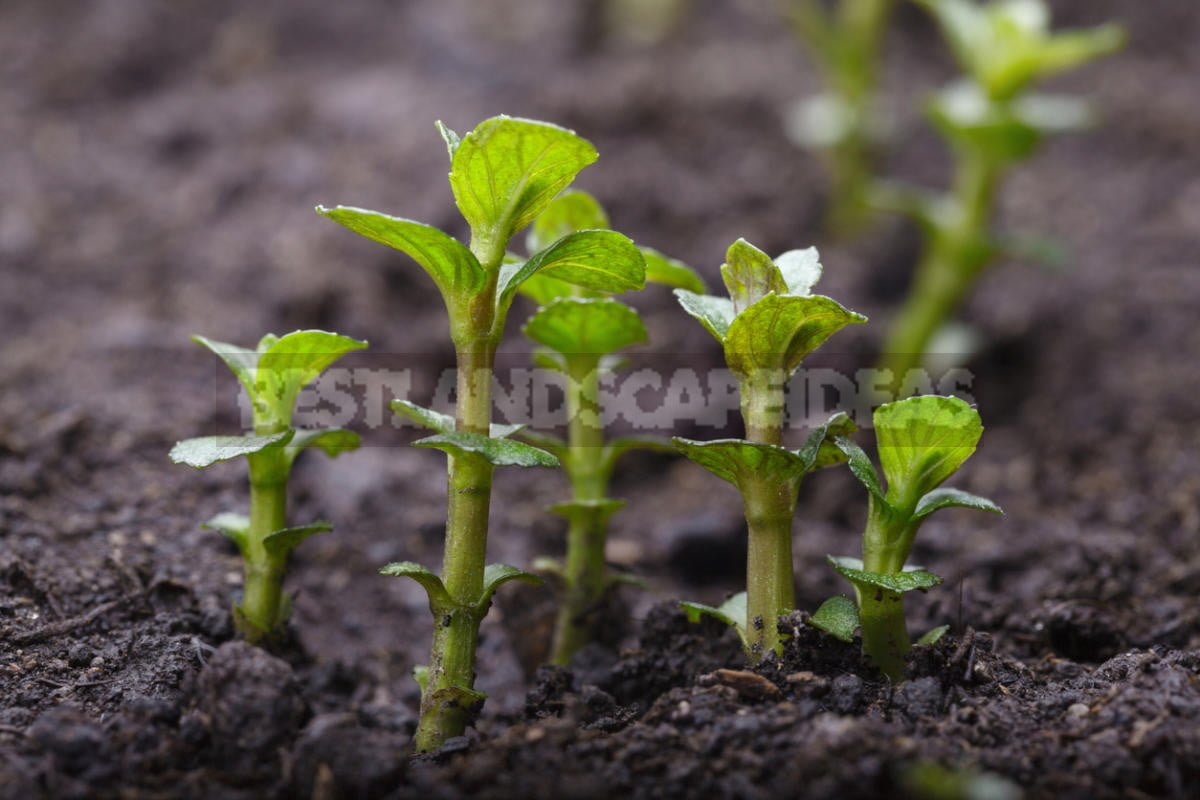
Mint care
- The main care for mint is weeding, loosening the soil, watering. I watered my mint 2 times a month during the summer.
- Fertilizing with nitrogen-phosphorus fertilizers during the growing season will not be superfluous.
- Every three years, planting should be repeated, because the weed grass contributes to the loss of mint plants.
- In autumn, the soil should be better mulched with dry earth or covered with spruce branches, straw.
Mint collection and storage
Mint is collected in the first year of planting. Before flowering pluck leaves for drying, during this period they are most saturated with nutrients. Need to dry in bundles in the shade. We usually dry in the attic under the ceiling. This mint will keep the taste and aroma throughout the winter.
If desired, you can eat and fresh herbs, for this it is necessary to cut, rinse and put on a thin damp cloth in a container in the refrigerator. I put without the cloth, but kept at the temperature 0°.
Types of mint
The mint family has many different types. I confess, planted peppermint out of love for the plant itself, but it wonderfully adorned the neighborhood of our small pond. Let’s start, perhaps, with this species.
Peppermint
Obtained in England by breeding as much in the 16th century. This kind of mint is a perennial, it can grow about 1 m tall. The height of my mind is much more modest. The leaves have a bright, juicy green color. The roots are located at a depth of about 15 cm, have nodes, from which many small roots depart. My peppermint has pale purple flowers, but they can also be purple or light pink. Flowers are collected in spike inflorescence. Peppermint begins to bloom from June to August, but I think this year my mint left to bloom for another week and a half.

Peppermint is rich in varieties and interesting varieties:
- Mentha piperita var.citrata – not to be confused with Melissa officinalis, which is often also called “lemon mint”. There are many varieties: with lemon, orange, bergamot and other citrus flavors.

- Mentha piperita var.multimentha — this variety has a strong distinct smell of menthol.

Mentha arvensis
Mentha arvensis very often grows in the forest zone of the South, this species loves moisture, so it grows along the banks of rivers and lakes, but in the fields and meadows is also found.

Perennial plants. The plant is about 50 cm tall, the leaves are carved round, oblong or egg-shaped.
Mentha suaveolens Variegata
This species of mint is also relate to perennials. It is very fast and grows strongly.

Leaves wrinkled, soft, with white edging on the edge. This mint exudes an unusual mild aroma.
Mentha rotundifolia
This kind of mint is very popular in cooking and eating, due to the fact that it has a delicate smell and taste. As if muted mint flavor with a touch of Apple, currant leaf, pineapple. Grows Bush height of about 55 cm Perennial.

There are still a huge number of types of mint, very different in taste and smell, and even more varieties of mint with different shades and flavors: chocolate, ginger, banana, Apple, orange, pineapple, currants and complex composition. Did you think mint was such a simple plant? 🙂
